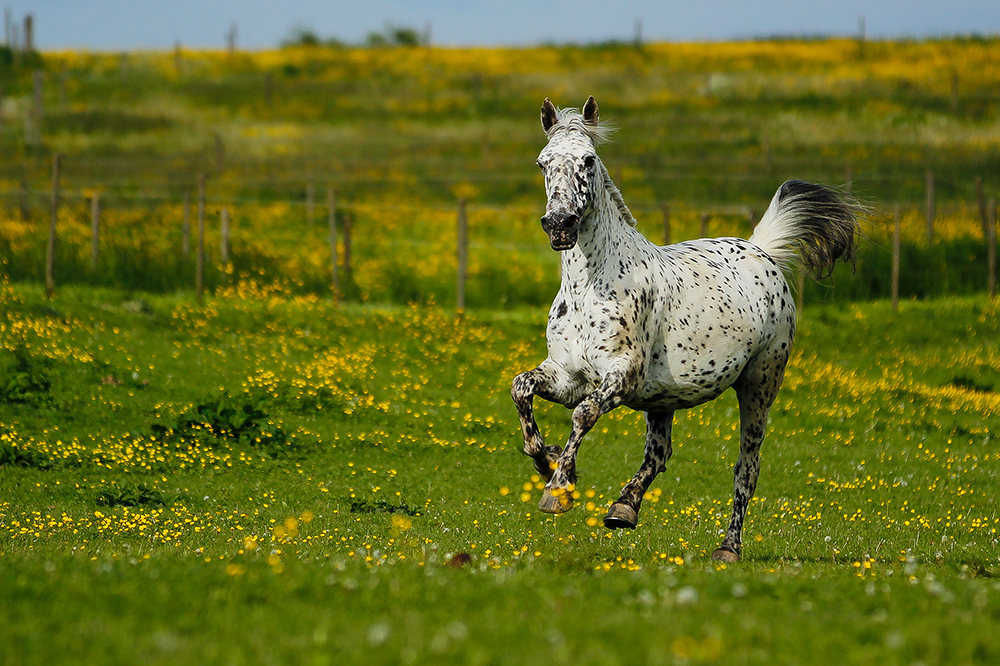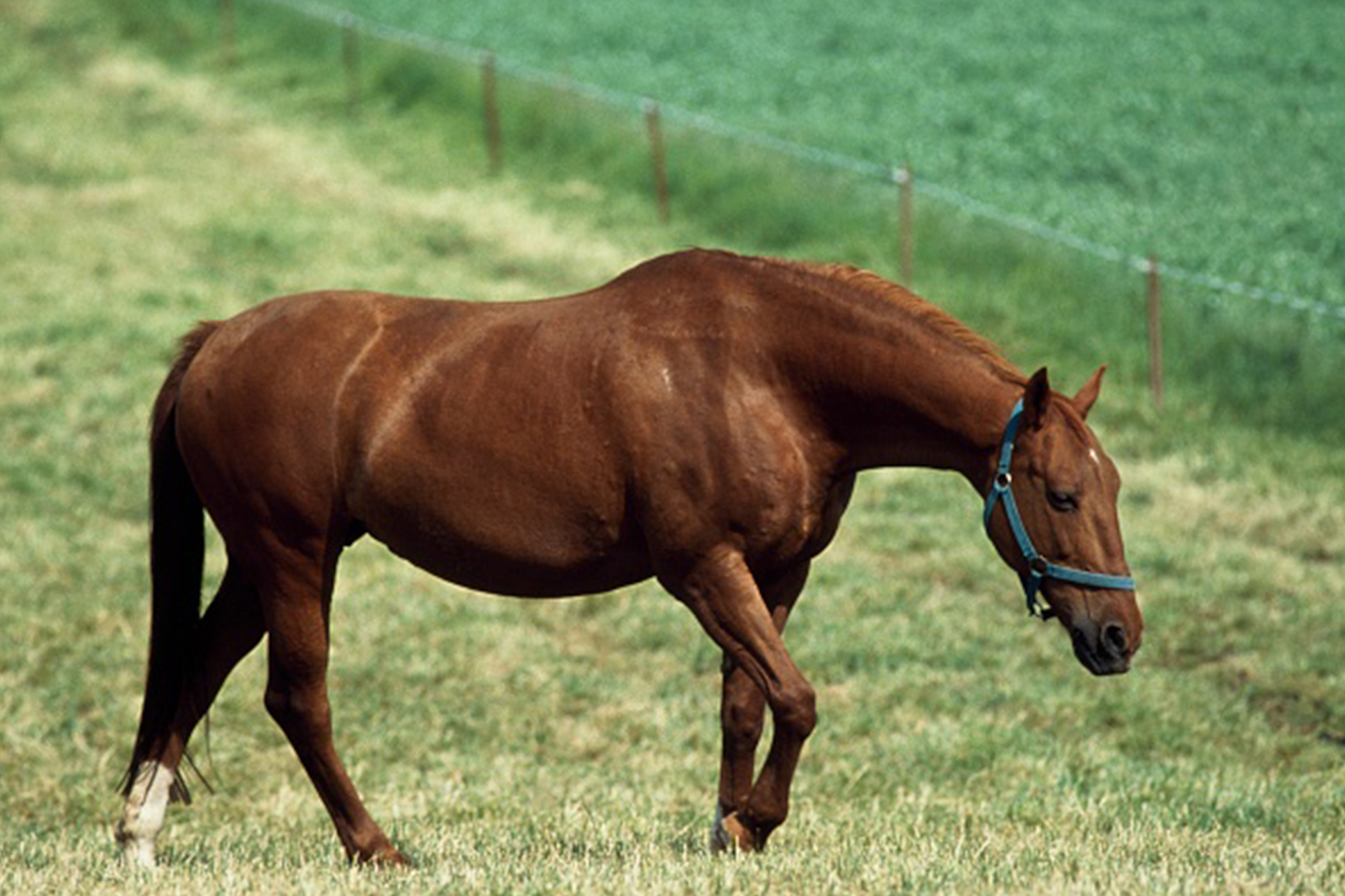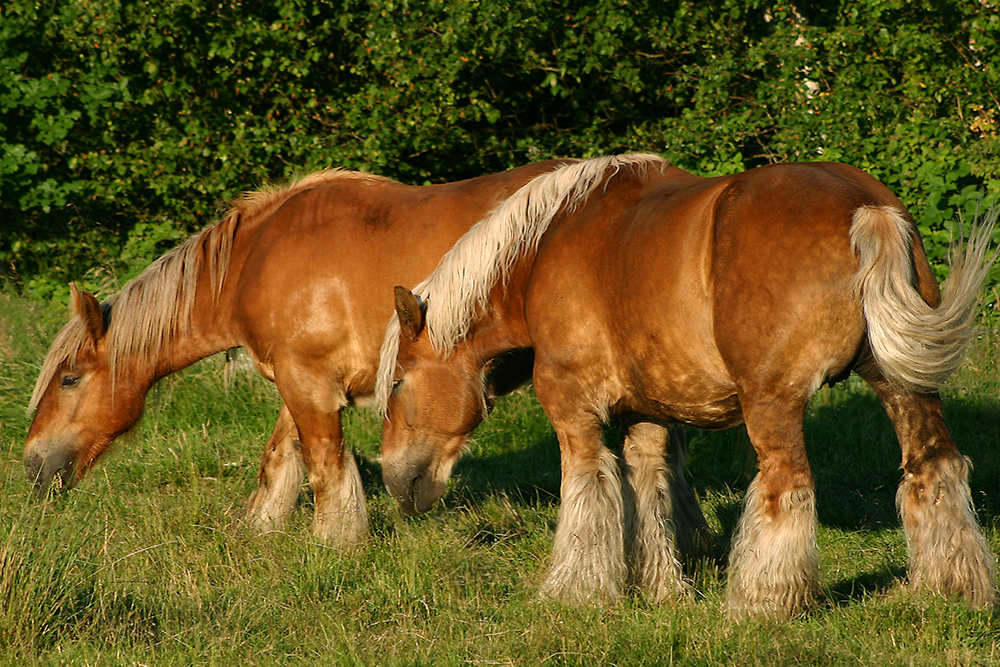

3.1 Denmark
Background
Historically, the horse has had great importance for the Danish society. For hundreds of years, horses were primarily associated with military use, but the species has also been valuable in agriculture, industry and for transportation. Following the Second World War there were over 600,000 horses in Denmark, but just 30 years later, the number had fallen to approximately 80,000 horses. By virtue of its intelligence and ability to learn, the horse has found new uses. Today the horse has an important role as a sport and leisure animal, which has given the animal a renaissance. Reports show that Denmark has been the country in the EU with the largest number of horses in relation to its surface area (Madsen et al., 2010; Statistics Denmark).
Organization and registration of horse breeding in Denmark
In Denmark, the Ministry of Food, Agriculture and Fisheries (Ministeriet for fødevarer, landbrug og fiskeri) regulates horse keeping and animal welfare
Horses that reside permanently in Denmark must be registered in the Danish national database. In the registration process, a horse must be identified before 12 months of age. Transponders are used in the process, and after that, SEGES issues them a passport
The breed associations organize activities such as annual evaluation of breeding individuals and animal exhibitions. They are also responsible for keeping the studbooks for their own breed. The purpose of studbooks is to maintain data of horses used for breeding and to determine goals and instructions. The main goal is to use stud books to improve horse populations with breeding selection. In general, the selection goals aim at producing animals that are healthy, easily handled and with good performance.
Population statistics
Currently there are approximately 190 000 horses in Denmark (Hestekongres 2023). Detailed statistics are available on Denmark's database for statistics
Denmark reported 15 horse breeds in DAD-IS; of which three are considered native to Denmark (Table 1). The information in the database dates back to 1983 and the most recent update is from 2023. The third source of numeric data is obtained from the breed associations (personal communication). Figure 1 illustrates the population trends of the native breeds between the 1980’s and 2023. Earlier reported numbers (up until the early 2000’s) are significantly lower than what is reported in the later years (Figure 1). The earlier reported numbers appear to correspond to the number of breeding mares for all the breeds, which could suggest that the population size used to be defined as the number of breeding mares in the population (Figure 1). The numbers reported after the early 2000’s appear to follow the curve of the breeding mares, but is higher, which could reflect a shift in the criteria used for defining population size. Importantly, registration of the three endangered breeds has improved since 2015.
Table 1: Population census size in native horse breeds in Denmark (DAD-IS database (2024), FAO, and Nielsen and Kargo, 2020). Number of foals received from the breed associations (2023).
Native breed | 2021 | 2022 | 2023 | Risk status | Trend | Number of foals born per year |
Jutland horse | 1501 | 1480 | 1462 | Endangered | Decreasing | 65 |
Frederiksborg horse | 1611 | 1576 | 1542 | Endangered | Decreasing | 57 |
Knabstrupper horse | 1736 | 1729 | 1736 | Endangered | Increasing | 116 |
Figure 1.A: Population trends of the three native breeds of Denmark retained from DAD-IS (2024).
The figure shows the population size (blue) and the registered breeding mares (yellow) of the Jutland horse.
Figure 1.B: Population trends of the three native breeds of Denmark retained from DAD-IS (2024). The figure shows the population size (blue) and the registered breeding mares (yellow) of the Frederiksborg horse.
Figure 1.C: Population trends of the three native breeds of Denmark retained from DAD-IS (2024). The figure shows the population size (blue) and the registered breeding mares (yellow) of the Knabstrupper.
Commercial horse and breeding activities
Riding is a very popular hobby in Denmark: According to Statistics Denmark, Denmark is the country in the EU with the largest number of horses in relation to hobby animals. The Danish Equestrian Federation (Dansk Ride Forbund) is the fourth largest association in Denmark. There are almost as many Danish women riding horses (61 954) as there are playing football (63 294).
The Danish warmblood has been bred since the 1950s. It is famous for foaling the highest percentage of offspring with high achieving performance: i.e., most of the foals of the Danish warmblood make it to the international top in dressage sports. This breed is not included in Denmark’s national conservation program. Although it is called the “Danish Warmblood”, the breed is not considered a native breed to Denmark because it is based on imported warmblood horses from the European continent. Although Danish Warmbloods dominate a large portion of Danish horse breeding today, public interest regarding the Knabstrupper and Frederiksborg horse is also increasing due to their suitability for leisure riding
Economy
The past few years have been turbulent, nevertheless the equine sector has achieved positive growth. Furthermore, breeding contributes to economic growth: the breeding sector accounts for 19% of the profits attained in the equine sector. The horse sector creates 20,000 jobs and contributed to a turnover of 22.5 billion DKK (2023)
Native breeds and conservation programs
There are three native breeds in Denmark – the Jutland horse, the Frederiksborg horse, and the Knabstrupper. These have their own breed associations that are responsible for practical breeding activities and promotion of the breeds. The breed association of the Jutland horse is “Avlsforeningen Den Jydske Hest”
All three native horse breeds are classified as endangered (Table 1). The conservation committee “The advisory Conservation Committee for Danish Farm Animal Genetic Resources for native Danish livestock breeds” advises the ministry in the conservation of farm animal genetic resources. The conservation activities are carried out in collaboration with breed associations. Laws and regulations specific for native horse breeds are issued by Landbrugsstyrelsen. Population statistics about the three national horse breeds are presented in figure 1. The data is collected from DAD-IS and show relative stable population trends since 2018.
Gene banking activities
The national program includes cryo-conservation activities. For the horses, this includes only collecting and freezing doses of semen. Summary statistics of horse gene banking is presented in Table 2.
Breed | Number of stallions | Number of doses |
Jutland horse | 6 | 193 |
Knabstrupper horse | 2 | 82 |
Frederiksborg horse | 10 | 566 |
Other breeds | 2 | 63 |
Table 2: Stocks of stallion semen in “Statens Genbank” between 1988-2014 (updated 03/03/2022).
Subsidies
The Danish native horse breeds are eligible for subsidies. The subsidies provided for Frederiksborg and Knabstrupper are 2000 DKK for mares and 3000 DKK for stallions, while the subsidies issued for the Jutland horse are 1000 DKK (mares) and 3000 DKK (stallions)
